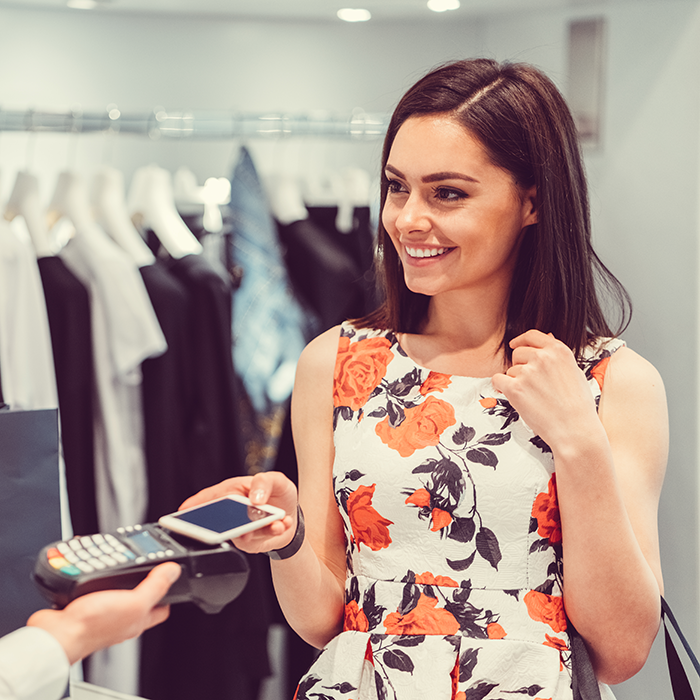The ways in which we pay for goods and services are constantly changing. Digital wallets have become one of the fastest-growing digital utilities on the market because they allow you to make purchases without ever touching your wallet (or the point-of-sale terminal).
What is a digital wallet?
A digital wallet, also known as an e-wallet, is a contactless payment method that uses your smartphone. There are two types of digital wallets: open and closed. An open wallet stores your card information and allows you to use it at any merchant that accepts contactless payments just by holding your phone up to a contactless payment terminal. Examples of open digital wallets are Apple Pay, Samsung Pay, and Google Pay. Digital wallets store your payment sources, like debit and credit cards. You can also store gift cards, movie tickets, coupons, and much more in your digital wallet.
A closed wallet is offered by a specific vendor, usually in the form of an app. With a closed digital wallet, you allow the vendor to store your card information in their system, so payment is quick and simple. These wallets only allow you to perform transactions with that specific company. Many popular food vendors like Starbucks and Dunkin offer closed digital wallets.
How do I use it?
Since closed digital wallets vary depending on the vendor, company, or brand, we will focus on open digital wallets. The first step of using a digital wallet is deciding which ones you want to use. When you make your decision, it may be as simple as which device you are using. For example, only Apple products can use Apple Pay, while only Android devices can use Android Pay. Once you determine which digital wallet(s) you will use, you will be asked to type in your card information. This process may involve contacting the financial institution tied to the card to complete the process. When shopping online, look for your digital wallet’s logo to see if the site accepts it. Tap on the logo to autofill your card information. When shopping in-store, look for the contactless symbol at the terminal. At the contactless terminal, open your digital wallet, choose which card you would like to use, and follow the instructions for payment. However, not all merchants accept digital wallets, so you’ll probably want to keep a debit or credit card with you just in case. Learn how to add your card to your digital wallet here.
Is it secure?
Storing your information on your phone for contactless use may raise some red flags, but you can be assured your security is top priority. Digital wallets are actually more secure than physical cards due to their heavy encryption. Whenever you enter your card information into a digital wallet, the information is converted into a unique code that only authorized entities can access. Digital wallets have a built-in security protocol called tokenization. Whenever you use your digital wallet, your card information is converted into a “token,” which is a random number that can only be used once. This token is used to process the payment instead of your card number, so your information is completely hidden.
As an added security feature, you will need to enter a password, PIN, or biometric information like a fingerprint or facial recognition to even access your digital wallet. You still need to be careful, though. Always make sure you know where your phone is and cover your screen anytime you enter passwords. When making a payment with your digital wallet, always double-check the transaction details before approving. If you receive any text messages or phone calls from someone claiming to be from your digital wallet provider, always independently confirm it came from them. Never respond or click on links before you confirm.


